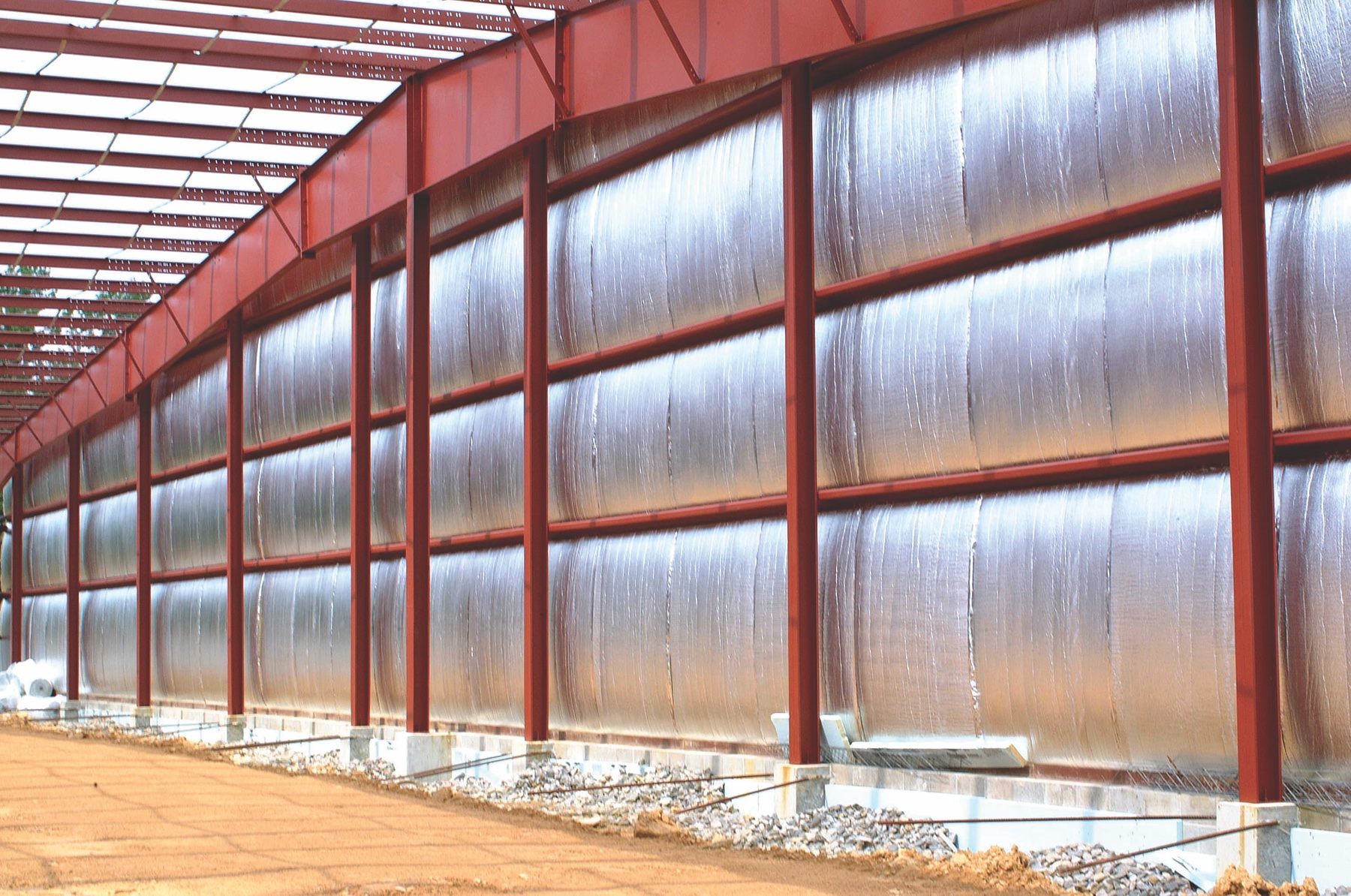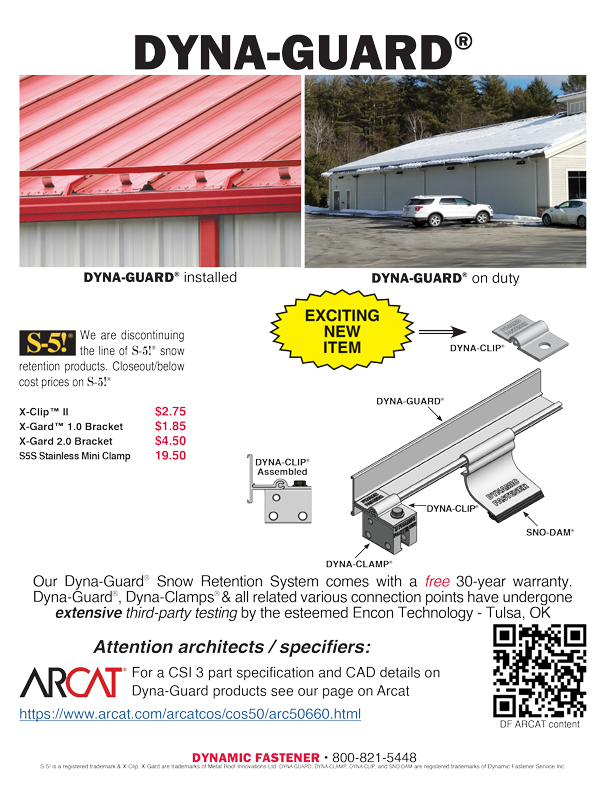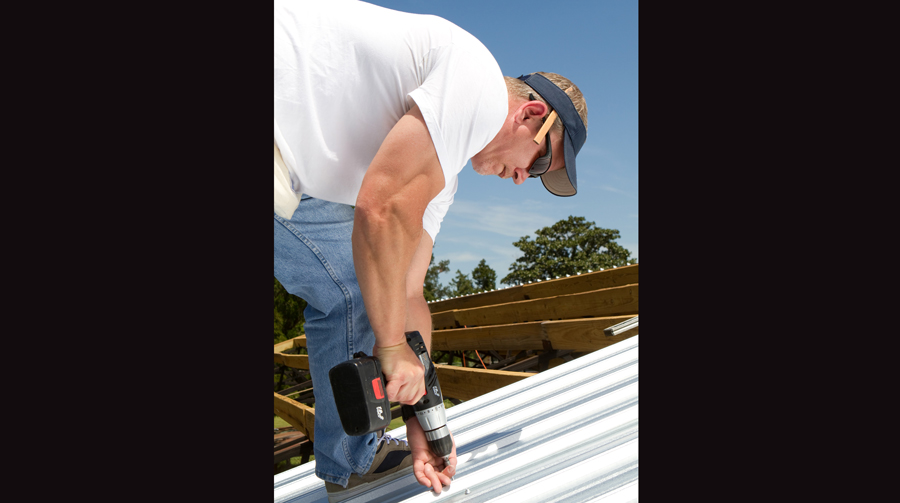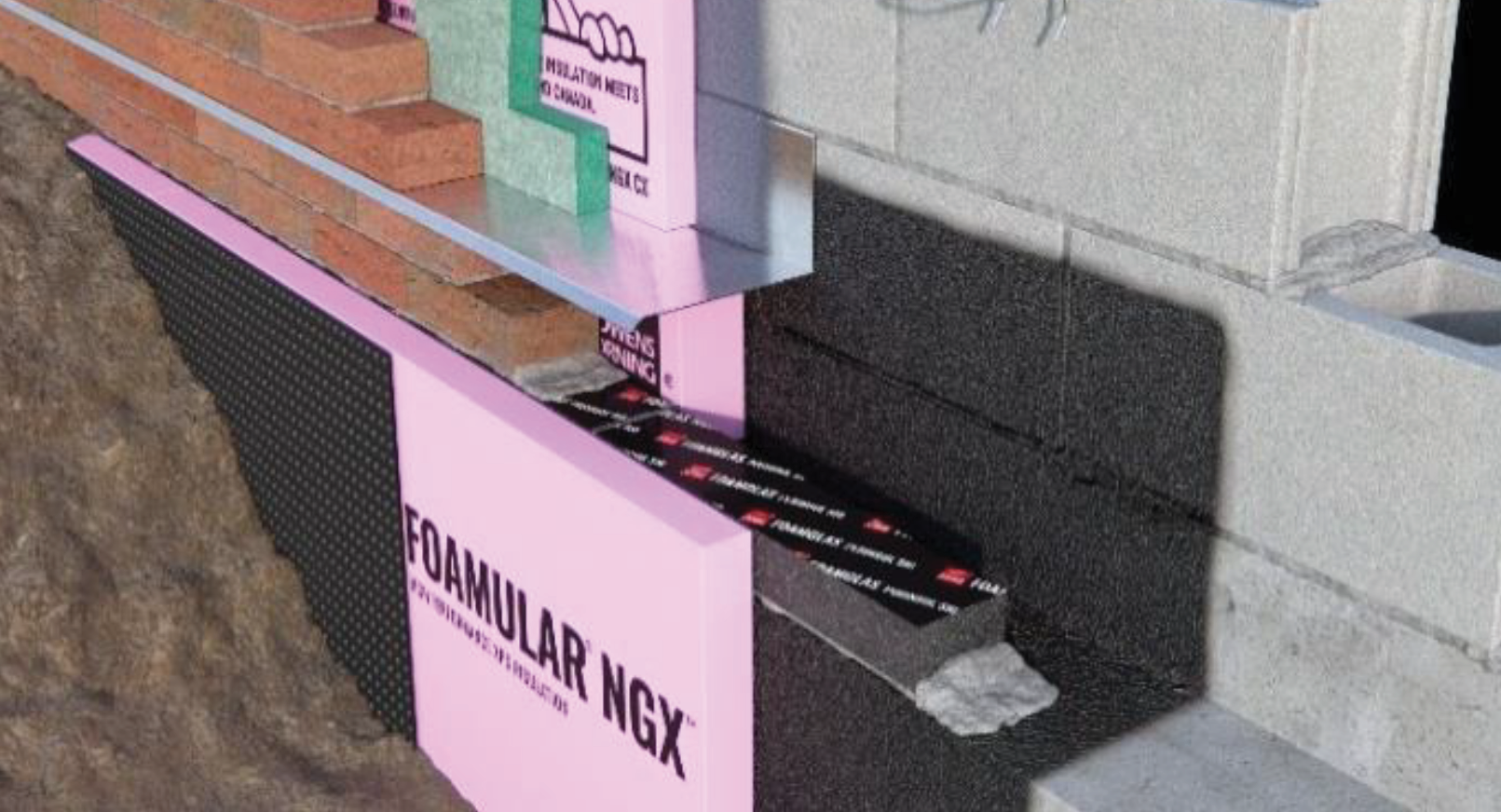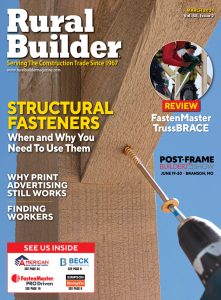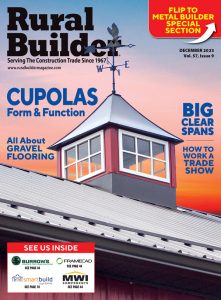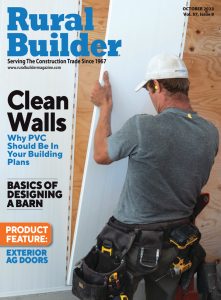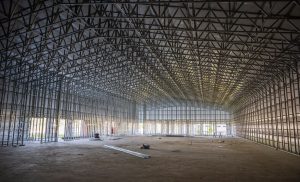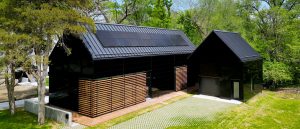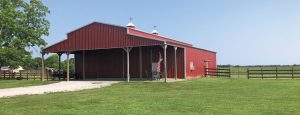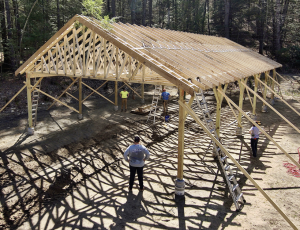Foil insulation is a great way to insulate a building, reflecting from 95% to 97% of heat. It is also often perceived as one of the easier forms of insulation to install since no gloves are required and it is “unbreakable.” It can, however, pose some challenges. Rural Builder’s staff has presented some of them to the experts to provide solutions for installers.
How Do You Avoid dust accumulation which can cut down on Reflectivity?
If dust accumulation is a problem, it is often because the insulation is laying flat across the floor of the attic. Then, over time the dust accumulates and reduces the thermal performance of the product.
In fact, since dust is normally light gray in color, which is also reflective, it is usually not problematic unless you have a lot of dust or it is darker in color.
If you install the product so that dust won’t lay on it, that will solve dust problems. When the product is installed directly to the decking, on the side of or over the truss, or on the underside of the rafter. The downward facing side of the product is the operative surface that provides the radiant barrier benefit and when installed per these recommendations, dust is not an issue.
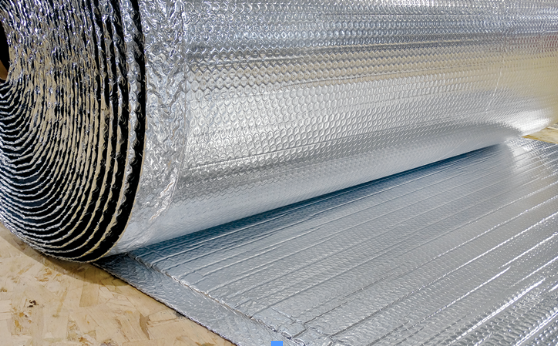
How Do You Avoid condensation?
Place the radiant barrier on top of the porous insulation, whether that’s EPS or batt, the radiant barrier protects it and keeps it from being exposed to the dew point, the point at which the air cools enough to allow condensation. Since foil insulation does not compress and lose effectiveness from moisture, you will want the radiant barrier to be the material that protects other insulating material. Otherwise, you can have a “wet blanket” sitting on top of the reflective insulation.
Applying the overhead install methods of direct to the deck, to the side of or over the truss or the underside of the rafter should eliminate condensation also.
How Should Radiant Barriers Be Installed in Cold Climates?
Most common insulation materials work by slowing conductive heat flow and – to a lesser extent – convective heat flow. Radiant barriers and reflective insulation systems work by reducing radiant heat gain. To be effective, the reflective surface must face an air space, a thermal break, between the heat source and the radiant barrier. Generally as little as 3/4” will do the trick.
A radiant barrier works best in a cold climate with another insulating material. Batt can be installed or foam insulation can be used. It is especially important to place the radiant barrier to protect other insulation. Often rigid foam panels faced on one or both sides with reflective foil are used for an all-in-one install.
Installing more insulation in a building increases the R-value and the resistance to heat flow. In general, increased insulation thickness will proportionally increase the R-value. However, as the installed thickness increases for loose-fill insulation, the settled density of the product increases due to compression of the insulation under its own weight. Because of this compression, loose-fill insulation R-value does not change proportionately with thickness. To determine how much insulation you need for your climate, you may consult a local insulation contractor.
Unlike traditional insulation materials, radiant barriers are highly reflective materials that re-emit radiant heat rather than absorbing it, reducing cooling loads. As such, a radiant barrier has no inherent R-value.
What is the Best Way to install a Radiant Barrier to avoid conductivity issues?
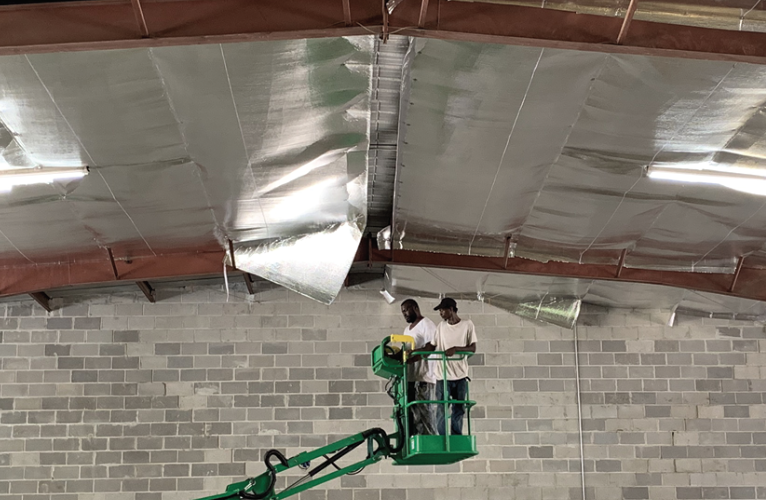
One way to avoid conductivity problems in the roof is to source roof decking (WSB or plywood) with aluminum foil laminated to it.
An important consideration in installation of insulation is the thermal breaks that are inherent in the structure of the building. For example, if you have studs placed every 16”, and you insulate between them, then a significant portion of your structure is not insulated. To solve this problem, simply wrap the entire envelope with insulation.
RURAL BUILDER expresses its sincere appreciation to the following sources
for sharing their expertise and insights:
• Mark Aspenson,
Thermal Building Concepts
• Wes Hall, Retail Sales & Marketing Manager,
RB


